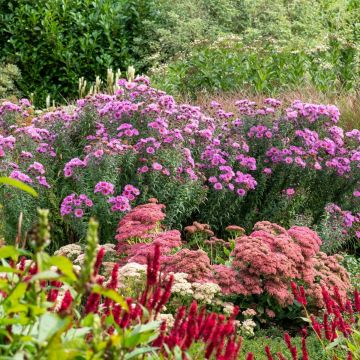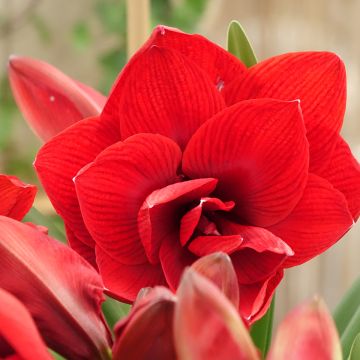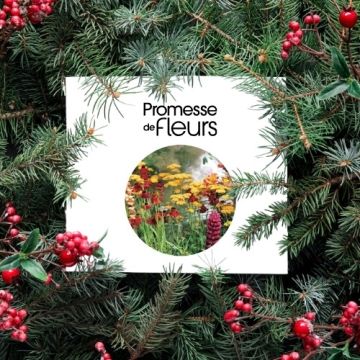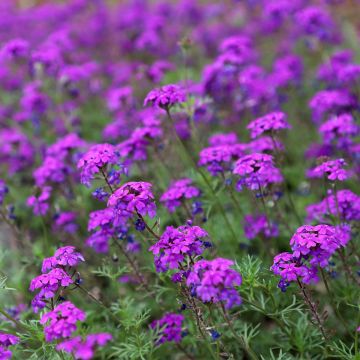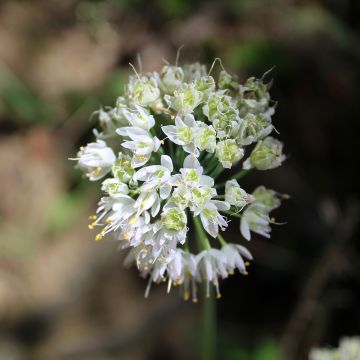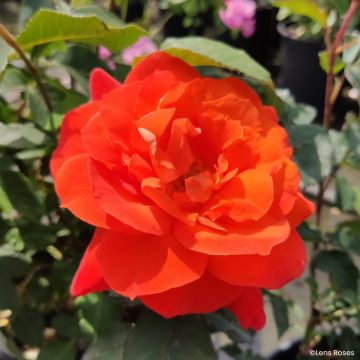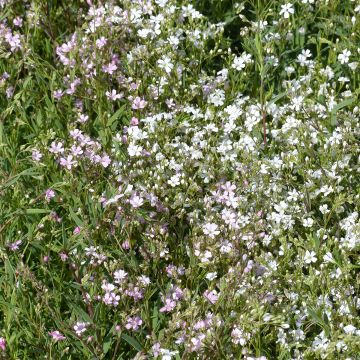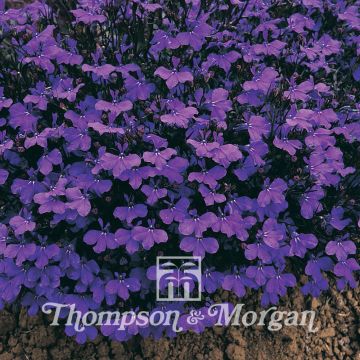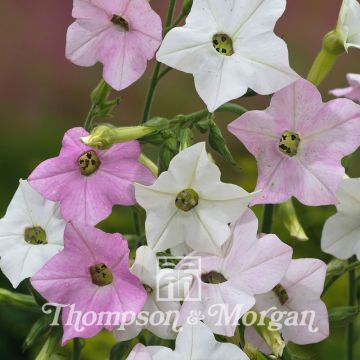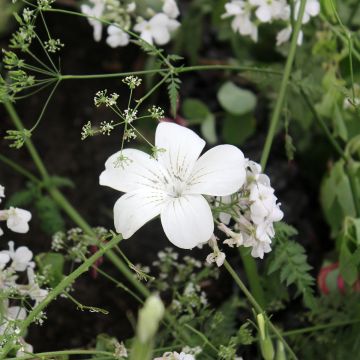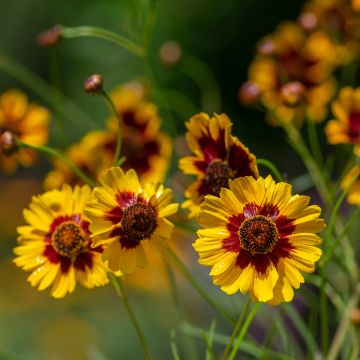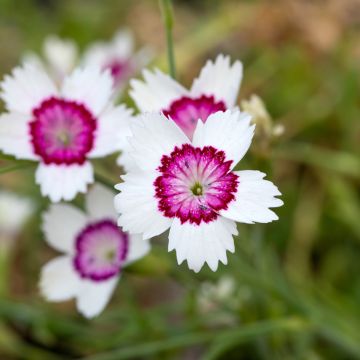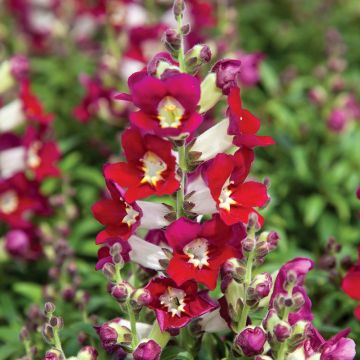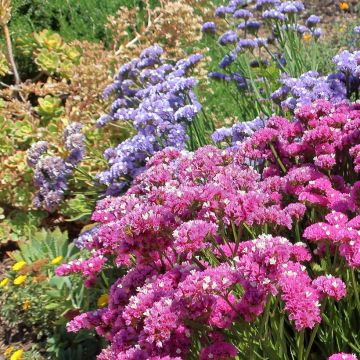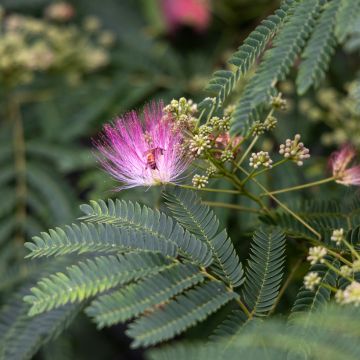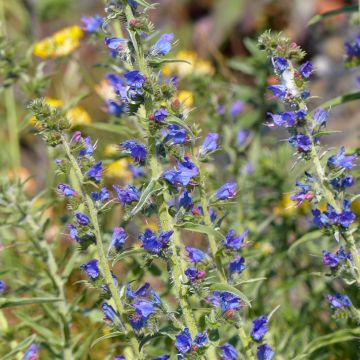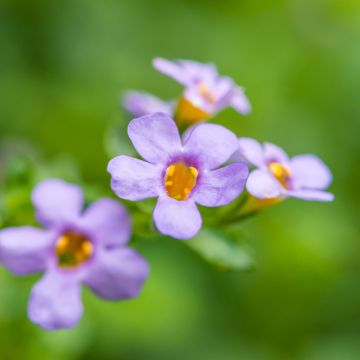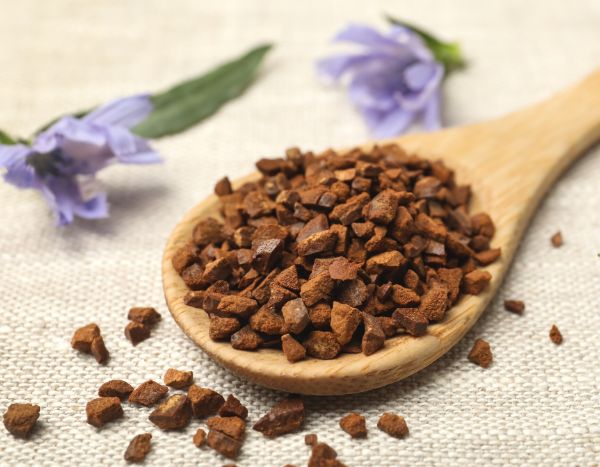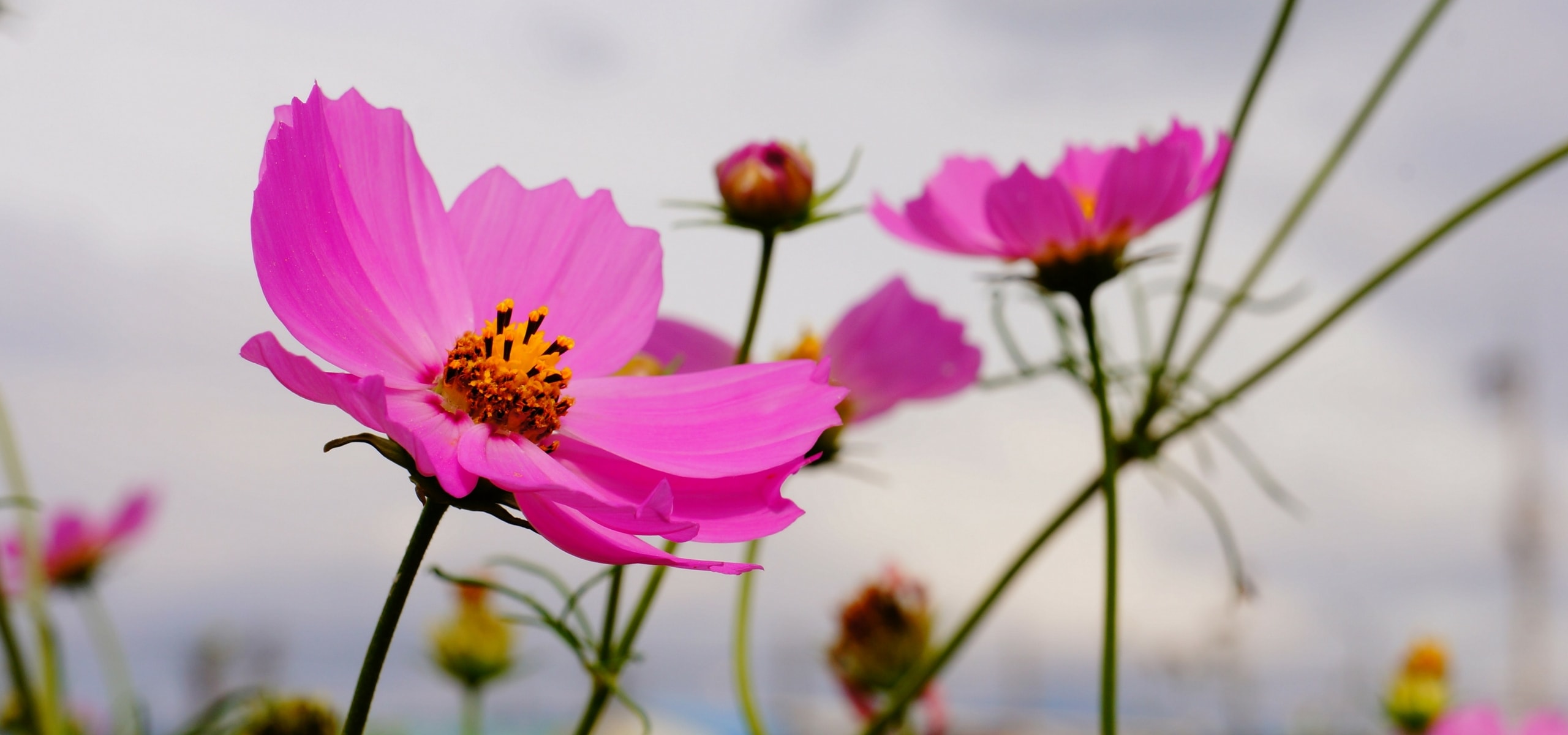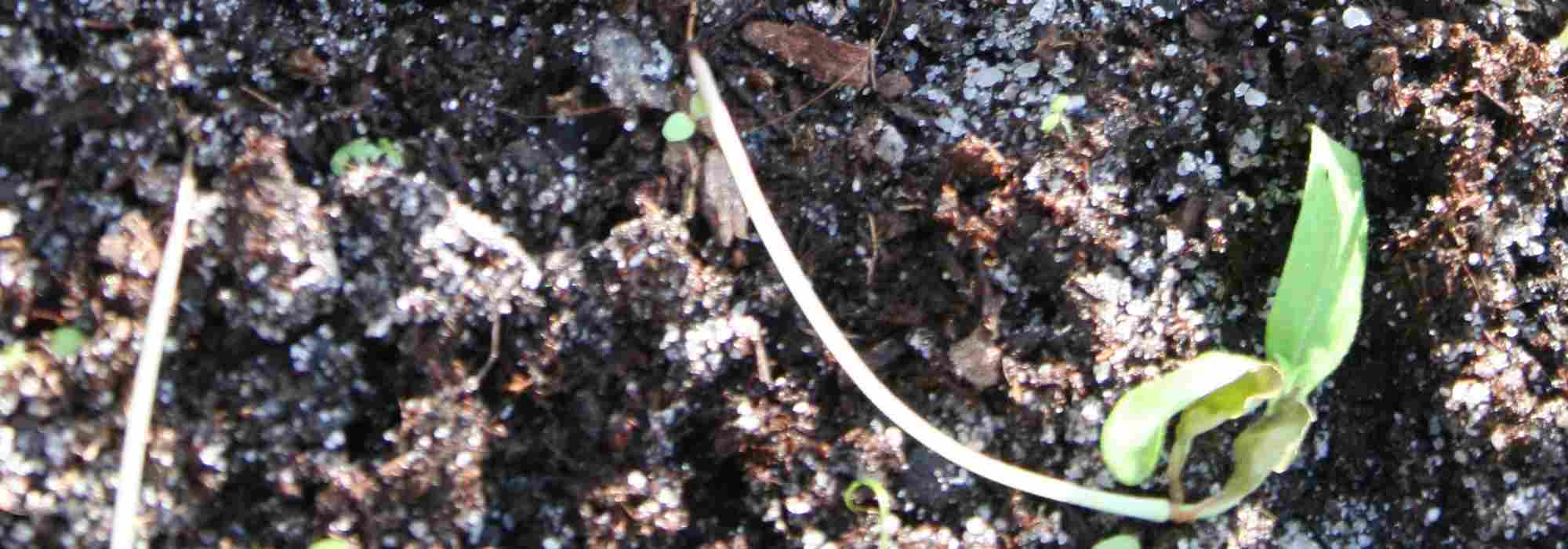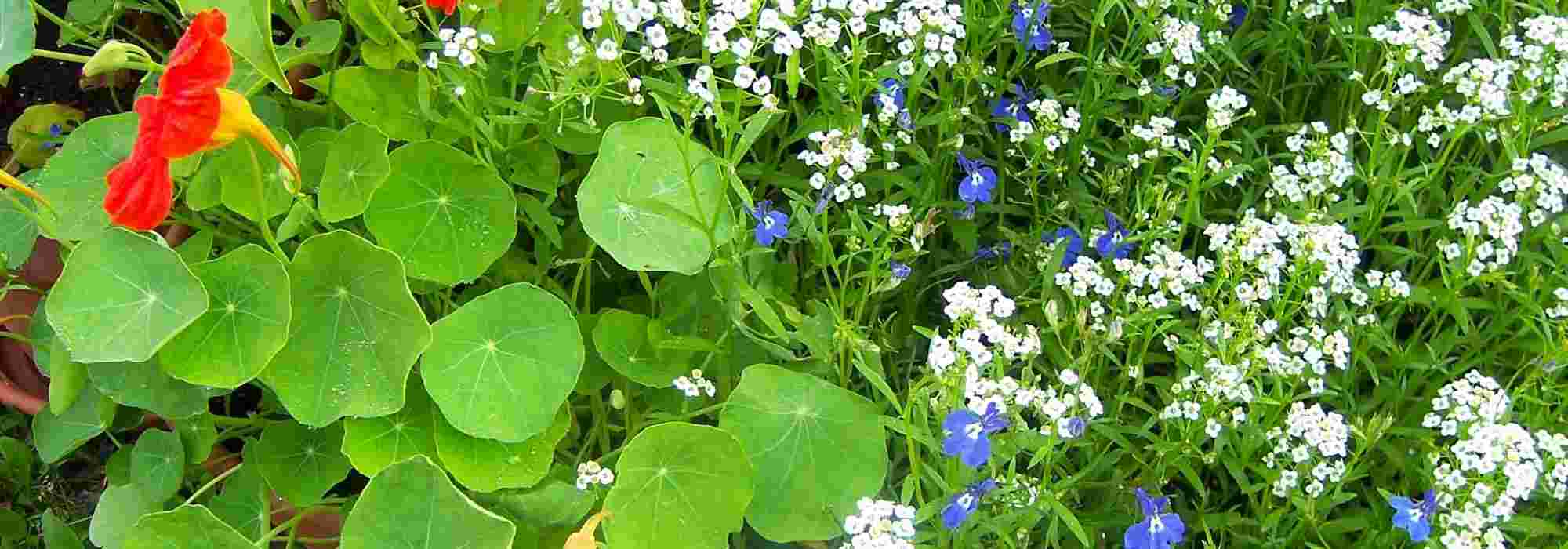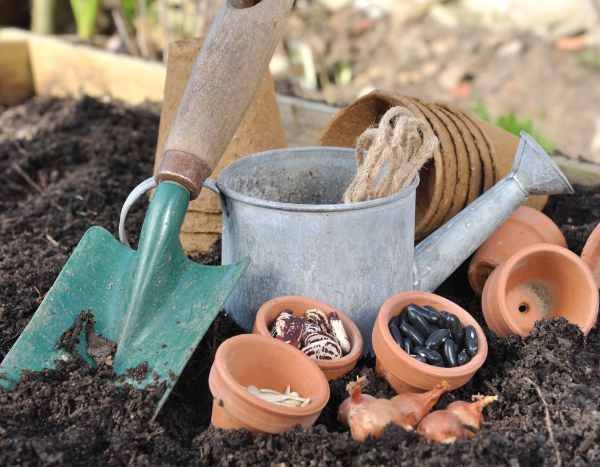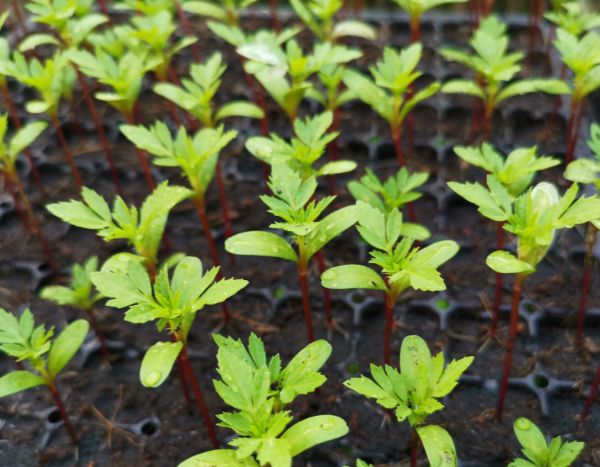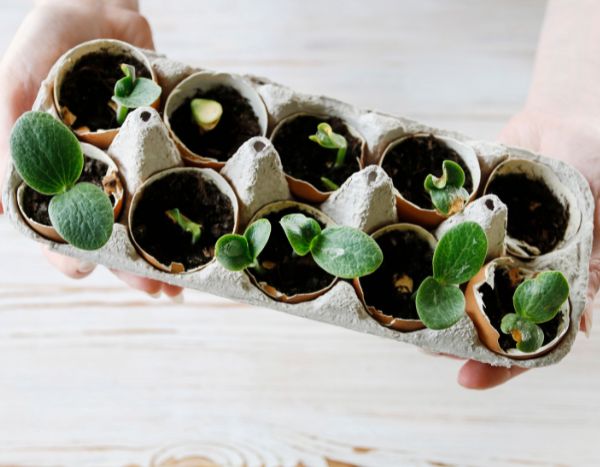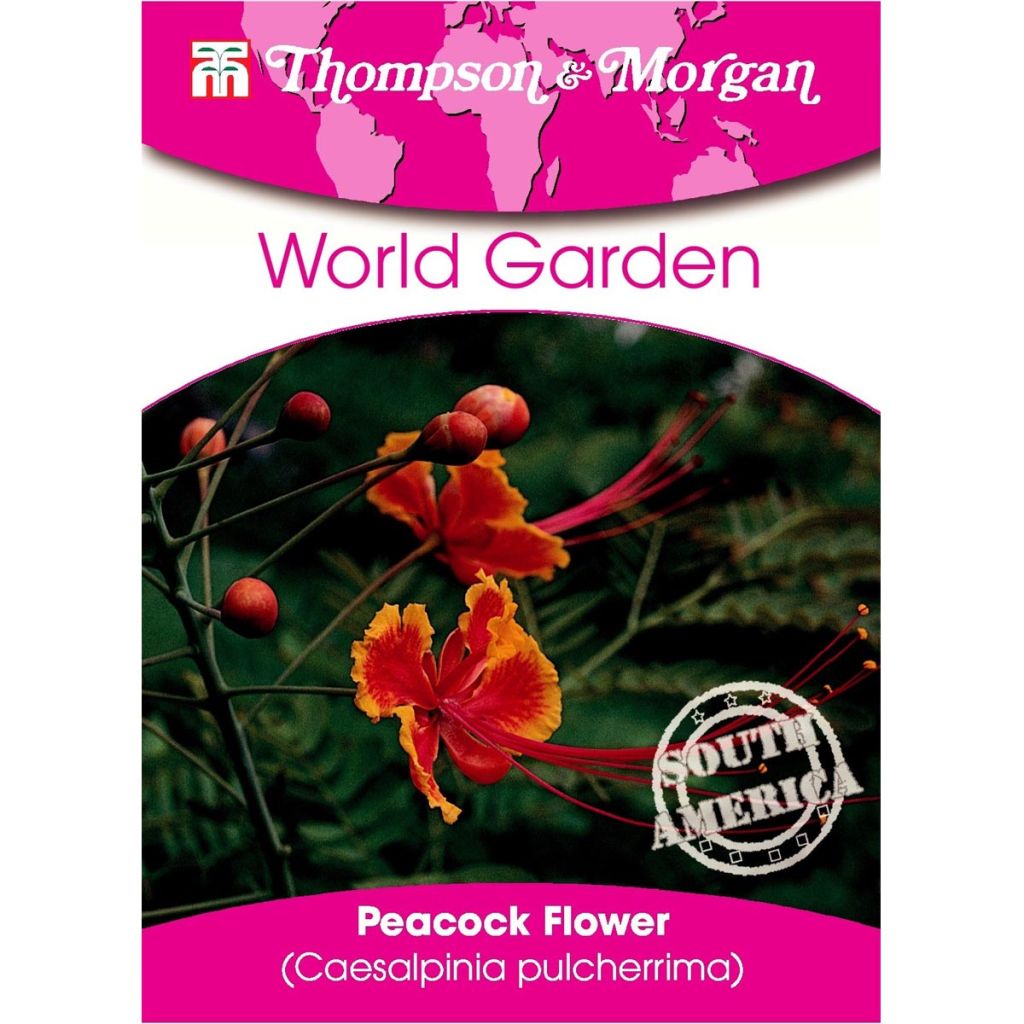

Caesalpinia pulcherrima - Dwarf Poinciana seeds
Caesalpinia pulcherrima - Dwarf Poinciana seeds
Caesalpinia pulcherrima
Bird of Paradise, Desert Bird of Paradise, Yellow Bird of Paradise
Great website. I tried with pods from Réunion. The seeds germinated, but when they reached a height of 2 cm (1in) with 1 or 2 pairs of leaves, they stop growing and die one by one. And when I uproot the recently dead plants, I realize that there is only one central root, only 1 cm (0in) in length, and it seems to have rotted. However, the soil is not too damp... Can you help me?
Toufik, 29/12/2019
Special offer!
Receive a €20 voucher for any order over €90 (excluding delivery costs, credit notes, and plastic-free options)!
1- Add your favorite plants to your cart.
2- Once you have reached €90, confirm your order (you can even choose the delivery date!).
3- As soon as your order is shipped, you will receive an email containing your voucher code, valid for 3 months (90 days).
Your voucher is unique and can only be used once, for any order with a minimum value of €20, excluding delivery costs.
Can be combined with other current offers, non-divisible and non-refundable.
Why not try an alternative variety in stock?
View all →This plant carries a 6 months recovery warranty
More information
We guarantee the quality of our plants for a full growing cycle, and will replace at our expense any plant that fails to recover under normal climatic and planting conditions.


Does this plant fit my garden?
Set up your Plantfit profile →
Description
The Little Flamboyant, known by its Latin name Caesalpinia pulcherrima, is a bush (or small tree) of Antillean origin. In addition to its Latin synonym (Poincinia pulcherrima), it has many common names: Peacock Flowers, Pride of Barbados, Dwarf Poincinia, Baraguette.
This Dwarf Poincinia is an evergreen bush, light green in color, measuring 30 to 40 cm (15.7 in) and strongly divided into leaflet of 8 mm (0.3 in).
From April to September, numerous clusters of flowers, measuring 15 to 20 cm (7.9 in) in length, appear. Each cluster is composed of 30 to 40 flowers, each measuring 3 to 4 cm (1.6 in) in diameter. The corolla is composed of orange-red petals and sepals with yellow edges. The flower has a slightly fringed contour and long red stamens emerging from its center.
In tropical regions, the Little Flamboyant can reach a height of 6 m (19.7 ft) and a width of 4 m (13.1 ft). When grown in a pot, it can easily be maintained at a height of 1.5 m (3.3 ft) and a width of 1 m (3.3 ft). To achieve this, it will require annual pruning in October, after flowering.
Planting should be done in a rich mixture of garden soil and compost, or leaf soil or compost. During summer, it can be placed on the terrace or balcony in a warm and sunny location. As soon as the outside temperature approaches 10°C, bring your Caesalpinia pulcherrima indoors, either in a heated greenhouse, a conservatory, or a bright room in the house. Ideally, it should be kept at a minimum temperature of 13 to 18°C for optimal growth.
Cultivated in a pot, this exotic bush will bring an original tropical atmosphere to your terrace.
Report an error about the product description
Flowering
Foliage
Plant habit
Botanical data
Caesalpinia
pulcherrima
Caesalpiniaceae
Bird of Paradise, Desert Bird of Paradise, Yellow Bird of Paradise
Cultivar or hybrid
Other Thompson and Morgan seeds
View all →Planting and care
Before sowing, soak the seeds in a bowl of warm water at 35°C.
Sow the Petit Flamboyant from March to May in a seed tray. Use good quality compost that you will sift on the surface to bind the seed to its substrate. Before sowing, lightly press down the compost with a plank. Sow your seeds by broadcasting. Cover the seeds by sprinkling compost on top or vermiculite, lightly press down and water generously with a fine rain. Place your seed tray in a well-lit area, without direct sunlight, at a temperature of 20°C to 25°C. Lower the temperature at night to 20°C to create a beneficial alternation for germination.
The seeds will take 1 to 4 months to germinate. As soon as the plants are manageable, transplant them into 12cm (4.7 in) pots. Keep the compost moist but not excessive during growth. Then, 15 days before their final placement, gradually acclimate them to a temperature of 15°C.
By the end of June, the temperature in the garden will be warm enough to bring out your young plants. Choose a warm and sunny location.
Regularly remove faded flowers to maintain beauty and promote renewal. In summer, make sure to water once a week. Once a month from May to September, add a flowering shrub fertilizer to the watering water.
Every year in March, repot your Petit Flamboyants in pots that are two sizes larger.
Watch out for attacks from red spiders, whiteflies, and mealybugs.
Sowing period
Intended location
Planting & care advice
-
, onOrder confirmed
Reply from on Promesse de fleurs
Haven't found what you were looking for?
Hardiness is the lowest winter temperature a plant can endure without suffering serious damage or even dying. However, hardiness is affected by location (a sheltered area, such as a patio), protection (winter cover) and soil type (hardiness is improved by well-drained soil).

Photo Sharing Terms & Conditions
In order to encourage gardeners to interact and share their experiences, Promesse de fleurs offers various media enabling content to be uploaded onto its Site - in particular via the ‘Photo sharing’ module.
The User agrees to refrain from:
- Posting any content that is illegal, prejudicial, insulting, racist, inciteful to hatred, revisionist, contrary to public decency, that infringes on privacy or on the privacy rights of third parties, in particular the publicity rights of persons and goods, intellectual property rights, or the right to privacy.
- Submitting content on behalf of a third party;
- Impersonate the identity of a third party and/or publish any personal information about a third party;
In general, the User undertakes to refrain from any unethical behaviour.
All Content (in particular text, comments, files, images, photos, videos, creative works, etc.), which may be subject to property or intellectual property rights, image or other private rights, shall remain the property of the User, subject to the limited rights granted by the terms of the licence granted by Promesse de fleurs as stated below. Users are at liberty to publish or not to publish such Content on the Site, notably via the ‘Photo Sharing’ facility, and accept that this Content shall be made public and freely accessible, notably on the Internet.
Users further acknowledge, undertake to have ,and guarantee that they hold all necessary rights and permissions to publish such material on the Site, in particular with regard to the legislation in force pertaining to any privacy, property, intellectual property, image, or contractual rights, or rights of any other nature. By publishing such Content on the Site, Users acknowledge accepting full liability as publishers of the Content within the meaning of the law, and grant Promesse de fleurs, free of charge, an inclusive, worldwide licence for the said Content for the entire duration of its publication, including all reproduction, representation, up/downloading, displaying, performing, transmission, and storage rights.
Users also grant permission for their name to be linked to the Content and accept that this link may not always be made available.
By engaging in posting material, Users consent to their Content becoming automatically accessible on the Internet, in particular on other sites and/or blogs and/or web pages of the Promesse de fleurs site, including in particular social pages and the Promesse de fleurs catalogue.
Users may secure the removal of entrusted content free of charge by issuing a simple request via our contact form.
The flowering period indicated on our website applies to countries and regions located in USDA zone 8 (France, the United Kingdom, Ireland, the Netherlands, etc.)
It will vary according to where you live:
- In zones 9 to 10 (Italy, Spain, Greece, etc.), flowering will occur about 2 to 4 weeks earlier.
- In zones 6 to 7 (Germany, Poland, Slovenia, and lower mountainous regions), flowering will be delayed by 2 to 3 weeks.
- In zone 5 (Central Europe, Scandinavia), blooming will be delayed by 3 to 5 weeks.
In temperate climates, pruning of spring-flowering shrubs (forsythia, spireas, etc.) should be done just after flowering.
Pruning of summer-flowering shrubs (Indian Lilac, Perovskia, etc.) can be done in winter or spring.
In cold regions as well as with frost-sensitive plants, avoid pruning too early when severe frosts may still occur.
The planting period indicated on our website applies to countries and regions located in USDA zone 8 (France, United Kingdom, Ireland, Netherlands).
It will vary according to where you live:
- In Mediterranean zones (Marseille, Madrid, Milan, etc.), autumn and winter are the best planting periods.
- In continental zones (Strasbourg, Munich, Vienna, etc.), delay planting by 2 to 3 weeks in spring and bring it forward by 2 to 4 weeks in autumn.
- In mountainous regions (the Alps, Pyrenees, Carpathians, etc.), it is best to plant in late spring (May-June) or late summer (August-September).
The harvesting period indicated on our website applies to countries and regions in USDA zone 8 (France, England, Ireland, the Netherlands).
In colder areas (Scandinavia, Poland, Austria...) fruit and vegetable harvests are likely to be delayed by 3-4 weeks.
In warmer areas (Italy, Spain, Greece, etc.), harvesting will probably take place earlier, depending on weather conditions.
The sowing periods indicated on our website apply to countries and regions within USDA Zone 8 (France, UK, Ireland, Netherlands).
In colder areas (Scandinavia, Poland, Austria...), delay any outdoor sowing by 3-4 weeks, or sow under glass.
In warmer climes (Italy, Spain, Greece, etc.), bring outdoor sowing forward by a few weeks.






























